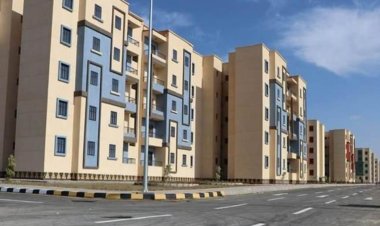Smart home systems shape the future of the real estate industry.. How?
Smart homes are also equipped with cameras capable of recognizing faces, distinguishing strange faces, and sending notifications to the homeowner via smart devices such as phones.
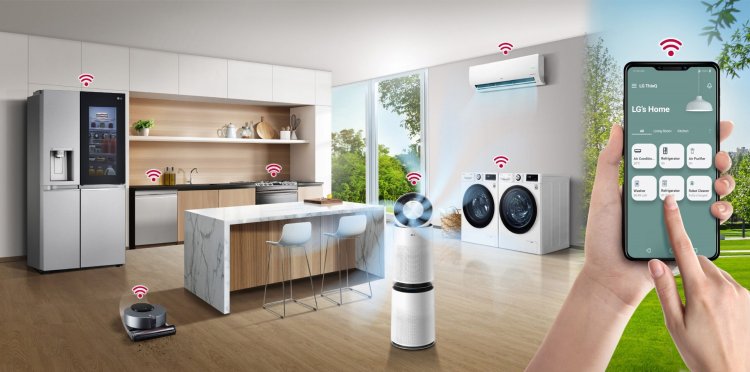
Smart home systems are witnessing a boom in the demand for them, after they have proven their efficiency in achieving the desired well-being of humans, to shape the future of the real estate sector.
It is enough to program the smart systems on our lifestyle preferences in order for us to enjoy great comfort, for example, the house opens as soon as the owner approaches and the air conditioner starts working at his preferred limit.
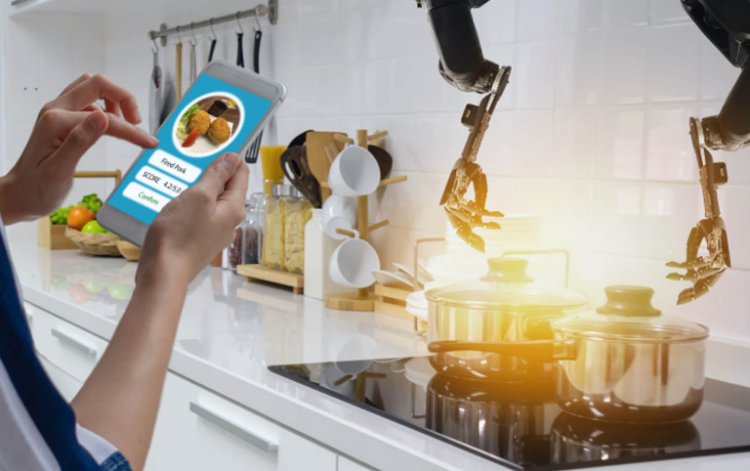
Even the sound systems play your favorite tracks, as well as the lighting. These operations are done via voice commands or through an application on the smartphone.
All this while providing a protection and safety system through emergency systems, and warning of breakages in water pipes or the outbreak of any fires.
Smart homes are also equipped with cameras capable of recognizing faces, distinguishing strange faces, and sending notifications to the homeowner via smart devices such as phones.
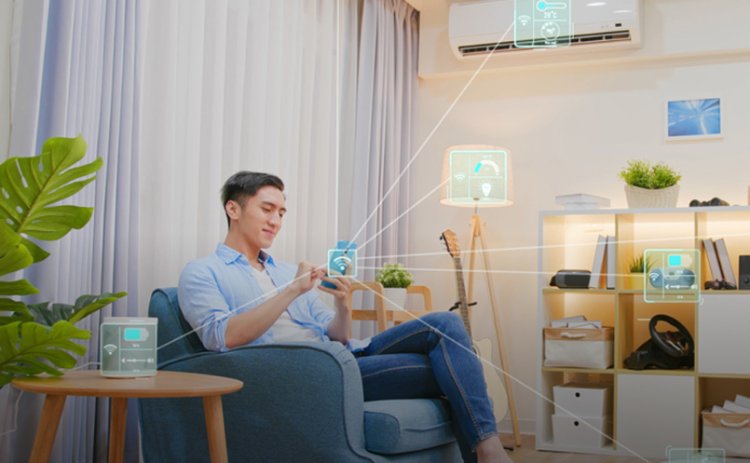
Steady growth for the future of intelligent systems
Statista data estimates the demand for smart home systems in 2020 at about $4.1 billion, including smart lock systems, emergency notifications and calls, smart electronic monitoring, and other advanced digital systems.
Statista expects demand for smart systems to grow in 2021 to reach $5 billion, before hitting $5.8 billion in 2022 and $6.6 billion the following year.
According to estimates, purchases of smart home systems will continue to grow until their value jumps to $7.4 billion in 2024, and reach $8.2 billion by 2025.
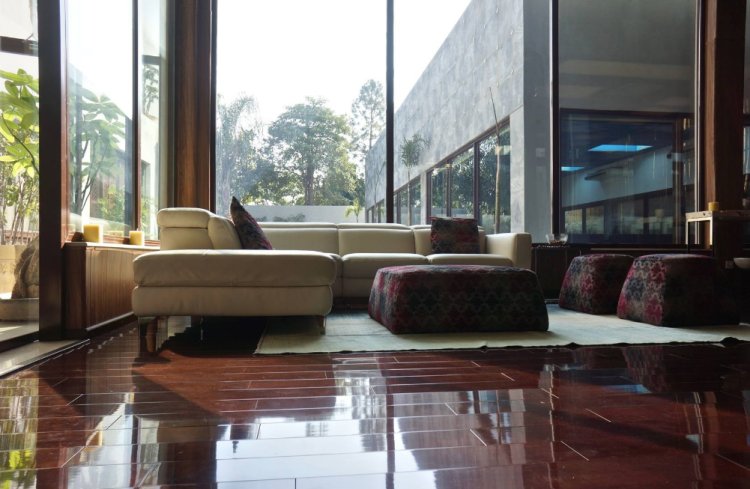
Intelligent systems patterns
German technology expert Sebastian Kloss explains that there are several types of smart home systems, as there are systems based on wireless communications that are an option for most homes, because they can be easily installed and expanded if necessary.
The problem here is that if devices from different manufacturers are integrated into the smart home, they may not understand each other, since they operate in different wireless networks, according to Kloss.
WLAN is the most common standard. Kloss says that this network is found in almost every home. However, for smart homes, WLANs are usually large in size, and therefore energy-intensive and prone to failure.
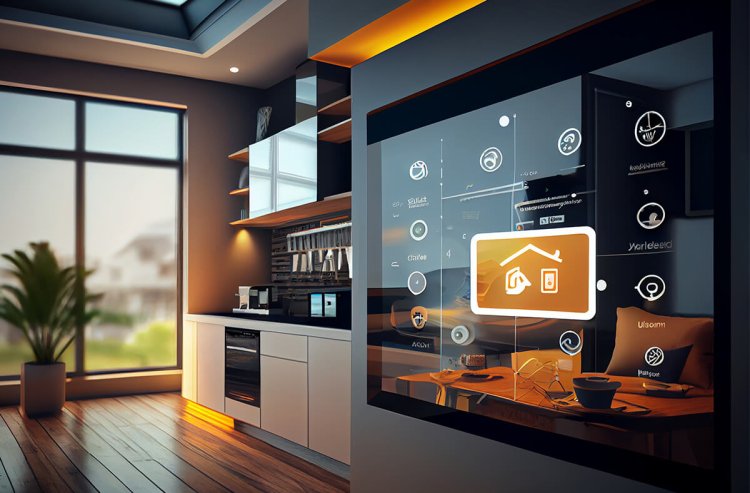
Wireless standards, which were developed specifically for the smart home, are more convenient, as the German technology expert points out that the ZigBee standard is supported by many manufacturers and has low power consumption.
In a few years, thanks to artificial intelligence, technology can interact with people's behavior and automatically know what the user needs, and then the smart home will be a smart system that recognizes the needs of its residents and manages operations independently.


 Shrouq
Shrouq 







